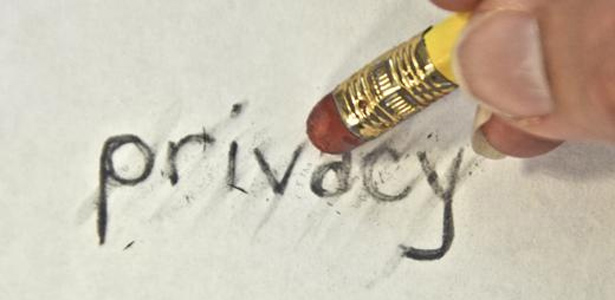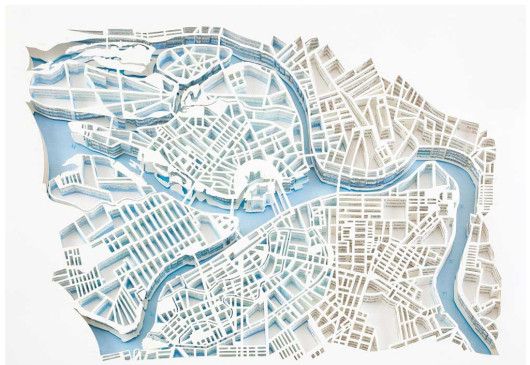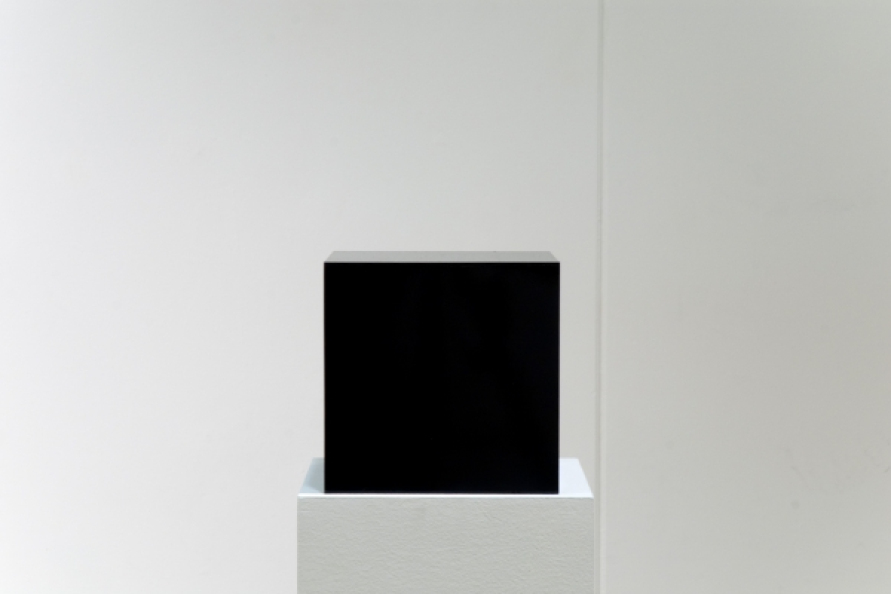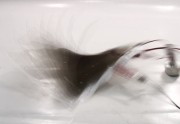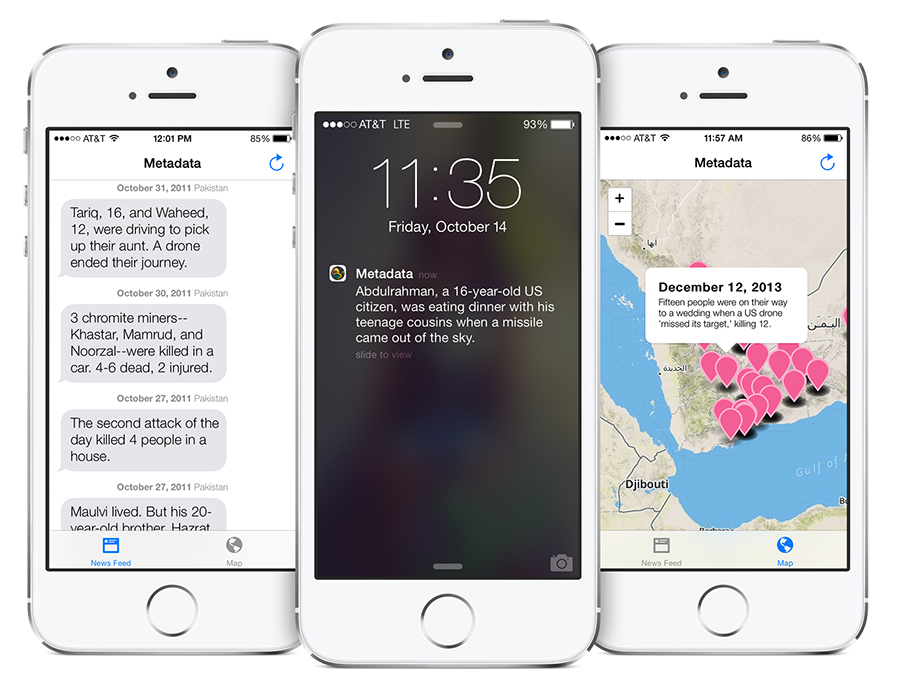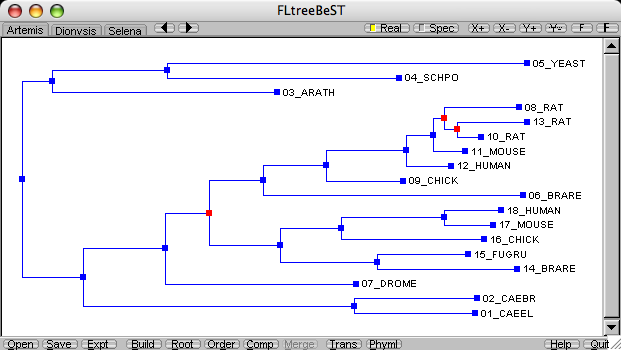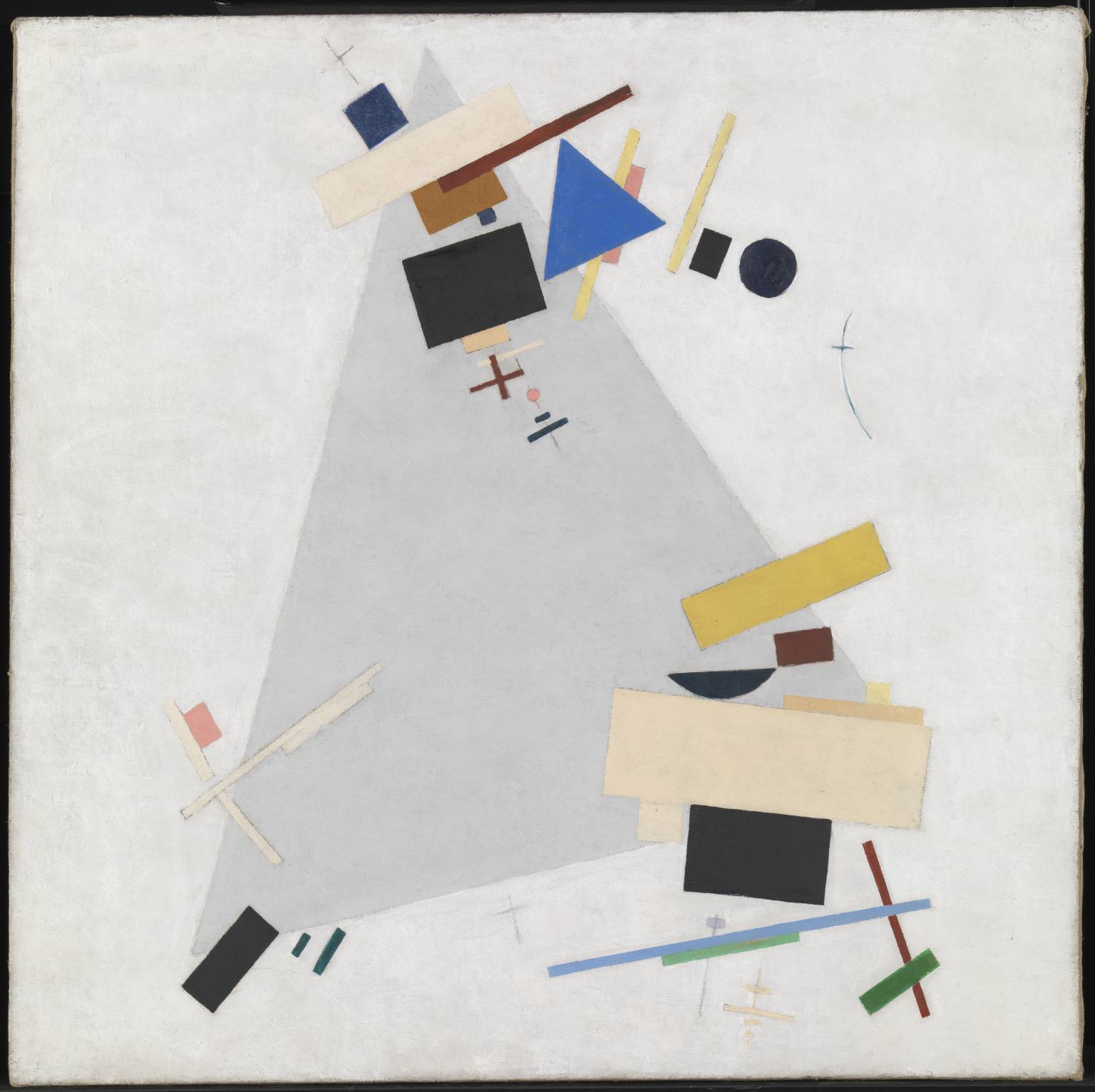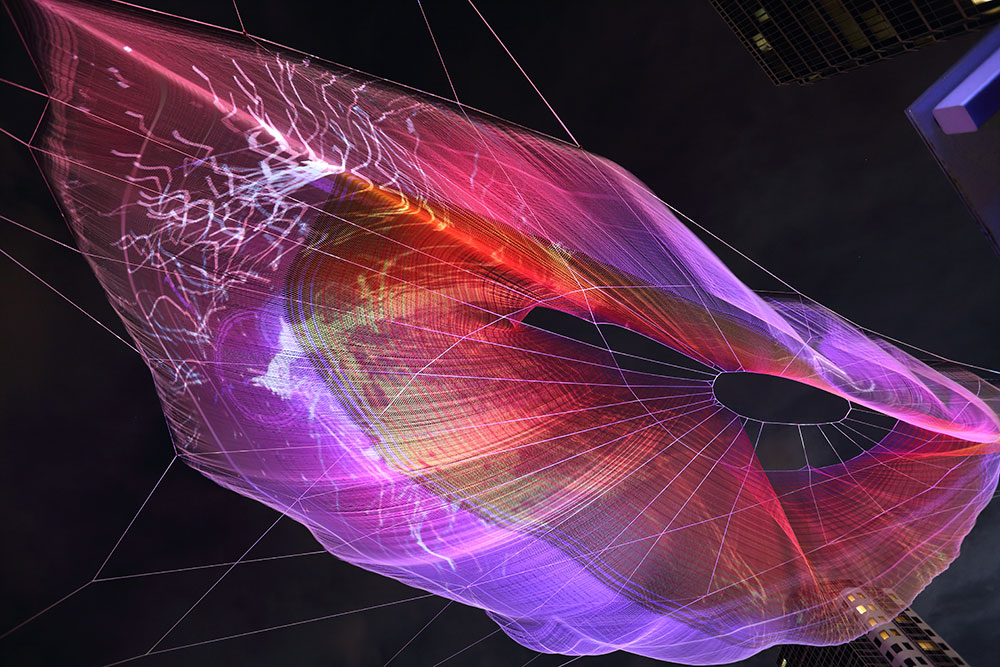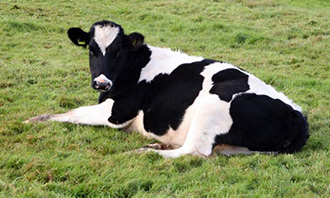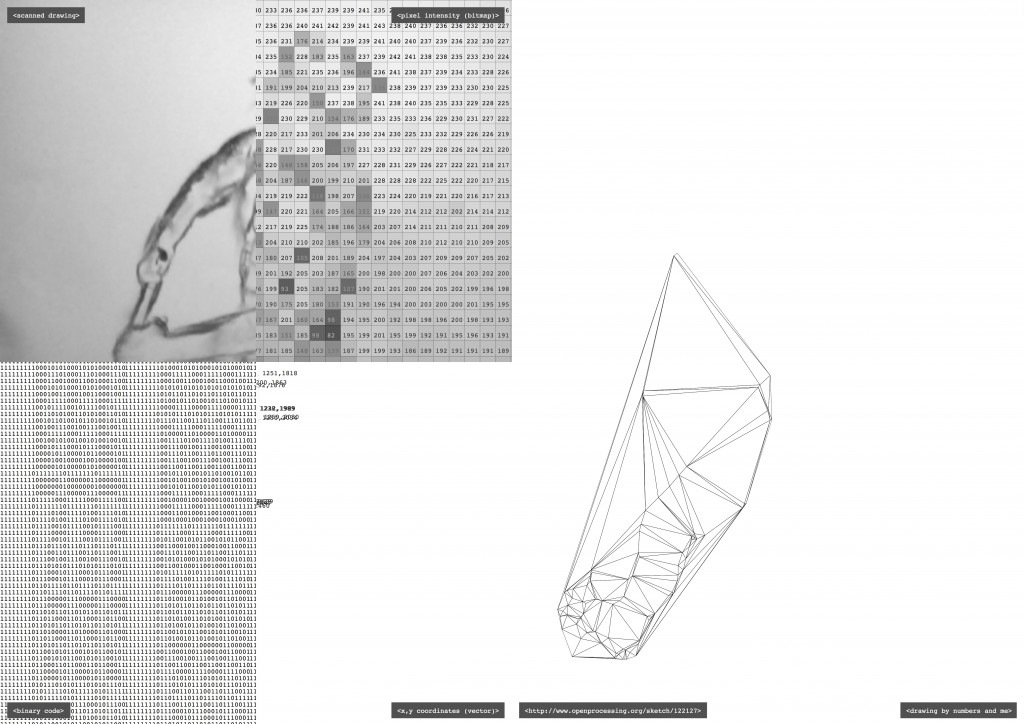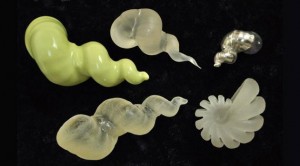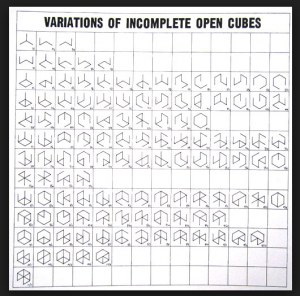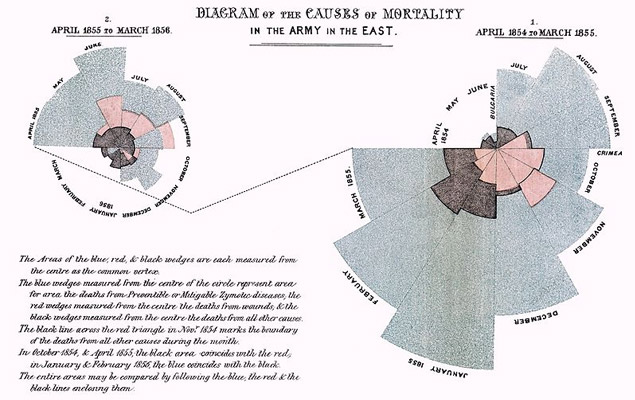DataHub http://datahub.io/dataset
Updates from julie Toggle Comment Threads | Keyboard Shortcuts
-
julie
-
julie
Coursera – Data Mining https://www.coursera.org/specialization/datamining/20?utm_medium=courseDescripTop
-
julie
Reading – taxonomoy and classification stuff:
http://dublincore.org/metadata-basics/
Data Mining: Concepts and Techniques (Jiawei Han, Micheline Kamber, Jian Pei.) (Chapter 2)
CDWA (Categories for Describing Works of Art http://www.getty.edu/research/publications/electronic_publications/cdwa/moreinfo.html
CDWALite http://www.getty.edu/research/publications/electronic_publications/cdwa/cdwalite.html
COO (Cataloging Cultural Objects) http://cco.vrafoundation.org/
Data and Metadata: An Interview with Murtha Baca and Erin Coburn (Cabinet Magazine) http://cabinetmagazine.org/issues/13/meltzer_meltzer.phpGETTY The Art & Architecture Thesaurus: http://datahub.io/dataset/getty-aat (links through to all sorts, inc SPARQL endpoint)
Interesting things:
Yahoo’s search engine experiment that uses linked data
https://developer.yahoo.com/searchmonkey/siteowner.html -
julie
Artworks:
http://www.floodtide.eu/ by John Eacott. Very much about the live data used by sculptures, musicians, singers and web instruments to play the tidal activity as a score.
Interview him about connectedness to nature and the importance of liveness?Thesis:
LaTeX training https://www.overleaf.com/help/28-im-new-to-latex-how-do-i-use-it#.VNIQoGSsVho
Finalise thesis template, Data Model paper template and work out referencing horrors. -
julie
(2/3 Feb 15)
Meetings:
Madi Solomon https://www.linkedin.com/in/madisolomon
Supervisor meeting (MS)Thesis:
Prepared LaTeX template on overleaf.com – woohooReading to do:
the Data Revolution (book by Kitchin)
couple of taxonomy papersTaxonomy:
Sent pre-pilot trial to students to request data descriptions.
Updated questions and continued mapping tax to data concepts.NMR:
Spoke to Ho regarding spec for building the tracking system. He’s going to give feedback.Artist:
http://www.zimoun.net/- not data but kinetic objects and audio -
julie
NMR:
- could the date they produce be a form of currency – another BitCoin. NMRcoin? How can I try and implement this, and what would peers run in conjunction with accessing the NMR data that would start to build coins?
WNU:
- have live music accompanying the recitals, i.e. Iris Garrelfs, the London Improvisation Orchestra, etc.
- add additional titles for each composition. Each individual project would then have a name like a triple store: subject-predicate-object i.e. weneedus-fadingfromview-snapshotserengeti
Research:
Card sort papers. I need to run two card sorts, one which uses my categories and one with open categories. These can be two initial studies, and then whichever works out best can be used for the main survey.
Should be careful with a large set of participants that the data is still analysable. I think with theLinked Data Book: http://linkeddatabook.com/editions/1.0/
To view:
http://www.inflexions.org/issues.html#i7
http://openhumanitiespress.org/
http://liquidbooks.pbworks.com/w/page/11135951/FrontPage
http://www.livingbooksaboutlife.org/books/Partial_Life -
julie
Focussed mostly on Card Sort papers to design my experiment properly.
3hr reading session with Sophie (now every Wed am)
Arranged meeting with a recovering taxonomist from the BBC
Visit to Whitechapel Gallery to see Adventures of the Black Square -
julie
Study:
3 hours Quant analysis lecture and labManagement:
Catch up with PhD activity tracker
Updated TN websiteResearch:
Refamiliarisation with data taxonomy and the card sorting questions -
julie
Reading:
Antiphonal Vocalization of a Subterranean Rodent, the Naked Mole-Rat. DOI 10.1111/j.1439-0310.2007.01371.xTo read:
Art Post-Internet http://post-inter.net
Interactive Data Viz Strategies and Key Tech: http://cdn.expertwhitepapers.net/wp/YTL03305USEN1/YTL03305USEN1.PDFNotes:
Antiphonal music is music that is performed by two semi-independent choirs in interaction, often singing alternate musical phrases.
DS has been recording Zebra Finches, ask him for device and analysis adviceNMR:
queen has an elongated vertebrae, usually climbs over the top of the others (dominance)
genomes – what can i do with this data? relevance?
vocalisation recording – how can I test for ultrasonic sound emissions? what mic set-up should I use?Management:
Allocating time in diary, planning days.
Unblocking library access!
Emails to CF and GW -
julie
Reading about cultural determinism
Management:
Cleaning and setting up desk. First day back from interruption and illness. -
julie
Safety in Numbers? data and art article
Frieze Magazine | Archive | Safety in Numbers?.
Algorithms, Big Data and surveillance: what’s the response, and responsibility, of art? Jörg Heiser asked seven artists, writers and academics to reflect.
-
julie
Nato doc on The Nature of Data
PDF: http://ftp.rta.nato.int/public/PubFullText/RTO/TR/RTO-TR-HFM-073/TR-HFM-073-ANN-I.pdf
1 INTRODUCTION
The term “data” is used here in the broadest possible sense. Data are mere basic observations, which are real, not assumed or hypothesized. Data should neither be underrated nor overrated in their importance. They should certainly never be confused with the concept of absolute truth. Data can be thought of as the foundation of an epistemological system that includes information, knowledge, truth, and wisdom. This Annex discusses some of the common classifications of types of data and their treatment; for a more thorough treatment the reader should consult textbooks and other scholarly works on epistemology and statistics.
-
julie
data.nature.com – linked data
Triple count: 389,357,371 (389.3 million)
The NPG Linked Data Platform provides access to datasets from NPG published as linked data and made available through SPARQL services. Two different interfaces are provided:
/query– a form interface for interactive queries, and/sparql– a service endpoint for remote queries. -
julie
-
julie
Open Definition (OKF)
The Open Definition sets out principles that define “openness” in relation to data and content. It makes precise the meaning of “open” in the terms “open data” and “open content” and thereby ensures interoperability between different pools of open material. It can be summed up in the statement that: “A piece of data or content is open if anyone is free to use, reuse, and redistribute it — subject only, at most, to the requirement to attribute and/or share-alike.” – See more at: http://opendefinition.org/#sthash.fdlPmR68.dpuf
Open Definition | Open Definition.
(The OSD refers to Open Software Definition)
-
julie
Open Database License ODbL
Open Data Commons Open Database License ODbL- Attribution and Share-Alike for Data/Databases
- Human-readable summary
- Full legal text of current version (v1.0)
How to Apply
Insert prominently in all relevant locations a statement such as (replacing {DATA(BASE)-NAME} with the name of your data/database):
This {DATA(BASE)-NAME} is made available under the Open Database License: http://opendatacommons.org/licenses/odbl/1.0/. Any rights in individual contents of the database are licensed under the Database Contents License: http://opendatacommons.org/licenses/dbcl/1.0/
Notes
- Local copy of the license: An alternative to using the url link is to keep a local copy of the license text in your project. In that case you should update the above notice to point to your local copy of the license within the project files.
- Use your own license for the Contents. You are welcome to apply your own specific license to the contents of the database instead of the Database Contents License. To do this just replace the second sentence with information about the license you wish to use.
- Why a separate license for the contents? See the relevant FAQ.
Open Data Commons Open Database License ODbL | Open Data Commons.
-
julie
-
julie
-
julie
-
julie
A TOOL TO DECEIVE AND SLAUGHTER | Caleb Larsen [artwork]
A TOOL TO DECEIVE AND SLAUGHTER | Caleb Larsen.
ref: black square, malevich
-
julie
Electroactive Polymers « materiability research network
Electroactive Polymers « materiability research network.
-
julie
-
julie
Ronald Coase – Wikiquote
“If you torture the data long enough, it will confess.”
-
julie
-
julie
The Network as Material: Julian Oliver
Workshop: The Network as Material.
-
Workshop: The Network as Material
A Network Hacking Workshop with Julian Oliver -
No Network – Mobile network jammer in the form of a battle tank, 2013In this workshop media artist Julian Oliver guides participants through an in depth study of the network as a medium for creating art. The workshop explores the many tools available for interrogating and manipulating data over both wired and wireless networks. Most of these tools are typically reserved for IT specialists, however this workshop puts them in the hands of artists. From sculpting data to turning network traffic into sound, poetry and images the participant will gain a deep appreciation for networks and the vast terrain they provide for artistic intervention and creation.
-
-
julie
TreeSoft: TreeBeST
TreeBeST, which stands for (gene) Tree Building guided by Species Tree, is a versatile program that builds, manipulates and displays phylogenetic trees. It is particularly designed for building gene trees with a known species tree and is highly efficient and accurate.
Potential tool to look into to see the NMR data on http://naked-mole-rat.org/gene_expression/
-
julie
‘Dynamic Suprematism’, Kazimir Malevich
‘Dynamic Suprematism’, Kazimir Malevich | Tate.
My favourite painting. Ever.
-
julie
-
julie
-
julie
Unnumbered Sparks
For TED’s 30th anniversary, artists Janet Echelman and Aaron Koblin collaborated to createUnnumbered Sparks, a monumental interactive sculpture in the sky. Choreographed by visitors in real time through their mobile devices, at night the sculpture became a crowd-controlled visual artwork on a giant, floating canvas.
The sculpture spanned 745 feet between buildings in downtown Vancouver, Canada from March 15-22, 2014 (map). At night, it came alive with illumination. Visitors with smartphones and tablets were able to paint vibrant beams of light across the sculpture at a remarkable scale: small movements on their phones became hundred foot long trails evolving and combining with fellow participants.
-
julie
-
julie
Internet of cows – cow tagging
Scottish Company Really Invents Cow Chips, Secures $4.9 Million | TechFaster.
-
julie
Drawing by Numbers
http://www.translatingnature.org/drawing-by-numbers/
With Simon Emberton – an experiment in capturing the essence of a life drawing as a piece of computer code may see it.
-
julie
Lifestreams | Proboscis
Lifestreams
Proboscis has been commissioned as part of Anglia Ruskin University’s Visualise programme to collaborate with Philips R&D UK, based in Cambridge Science Park. Over 6 months or so we will be exchanging ideas and iterating prototypes that address issues of personal motivation, continuity and relevance in the use of health monitoring technologies for well being and positive behavioural change in people and communities.
Responding to an initial invitation from Philips to think about innovation in technologies such as NFC (near field communications) and personal healthcare, the focus of the collaboration has evolved to look at how these technologies are becoming part of a burgeoning social and personal agenda for well being and healthy lifestyles.
Through a collaborative discovery process we will re-frame personal health related information in the form of playful tangible artefacts and publicly engaging exhibits that explore how such data can be re-interpreted to open up different ways of engaging with health issues and stimulate new discussions on the use personal health data in lifestyle contexts.
Team : Giles Lane & Stefan Kueppers (Proboscis); David Walker & Steffen Reymann (Philips); Dipak Mistry (A&B); Andy Robinson (Futurecity/ARU).

-
julie
Phrases
“spatial agenda” from Christian Möller src: http://www.arts.ucsb.edu/faculty/budgett/algorithmic_art/#information
- as in what is the spatial agenda of the NMR structures? Are they evoking life, providing info, declaring presence?
-
julie
Sol LeWitt – Wikipedia, the free encyclopedia.
Sol LeWitt’s works often algorithmic in nature, instructional, repetitive.
-
julie
Information at MOMA (1970)
‘Information’, an exhibition at the Museum of Modern Art in 1970, claimed to be the first conceptual art exhibition mounted by a U.S. museum. Catalogue: http://www.moma.org/pdfs/docs/press_archives/4483/releases/MOMA_1970_July-December_0003_69.pdf?2010
This exhibition is a seminal one in terms of current information / media / data art. Ensure reference in thesis. The PDF is downloaded to Papers library. Would be good to get hold of catalogue.
—–
The artist Hans Haacke posited this SYSTEM as art: a query, a response algorithm, and its visual feedback.
Question:
Would the fact that Governor Rockefeller has not denounced President Nixon’s Indochina policy be a reason for you not to vote for him in November ?
Answer:
If ‘yes’
please cast your ballot into the left box
if ‘no’
into the right box.‘Ballots’ were dropped into either of two plexi-glass ballot boxes [visitors chose “yes” twice as often as “no”].
New York Governer Nelson Rockefeller was a member of the board of trustees of MOMA and planning a run for the U.S. Presidency at the time. Hans Haacke, MOMA Poll [1970]
Hans Haacke, MOMA Poll [1970]
src:http://www.arts.ucsb.edu/faculty/budgett/algorithmic_art/haacke.html -
julie
Algorithmic Art
-
julie
Monoskop, a wiki for art, culture and media technology.
via Monoskop.
-
julie
Electric / Amber
electric adj. 1640s, first used in English by physician Sir Thomas Browne 1605-1682, apparently coined as Modern Latin electricus literally “resembling amber” by English physicist William Gilbert 1540-1603 in treatise “De Magnete” 1600, from Latin electrum “amber,” from Greek elektron “amber” Homer, Hesiod, Herodotus, also “pale gold” a compound of 1 part silver to 4 of gold; of unknown origin. Originally the word described substances which, like amber, attract other substances when rubbed. Meaning “charged with electricity” is from 1670s; the physical force so called because it first was generated by rubbing amber. In many modern instances, the word is short for electrical.
Figurative sense is attested by 1793. Electric toothbrush first recorded 1936; electric typewriter 1958.
via Online Etymology Dictionary.
See also: http://en.wikipedia.org/wiki/Amber
-
julie
-
julie
Senescence
From wikipedia:
Senescence (from Latin: senescere, meaning “to grow old,” from senex) or biological aging is the process of accumulative changes to molecular and cellular structure that disrupts metabolism with the passage of time, resulting in deterioration and eventually bringing about death. Senescence occurs both on the level of the whole organism (organismal senescence) as well as on the level of its individual cells (cellular senescence).
Species with Negligible Senescence
HAGRID Species Common name Longevity Display entry 00734 Sebastes aleutianus Rougheye rockfish 205 00734 00981 Proteus anguinus Olm 102 00981 04139 Chrysemys picta Painted turtle 61 04139 04142 Emydoidea blandingii Blanding’s turtle 77 04142 04157 Terrapene carolina Eastern box turtle 138 04157 04218 Strongylocentrotus franciscanus Red sea urchin 200 04218 04221 Arctica islandica Ocean quahog clam 507 04221 04227 Pinus longaeva Great Basin bristlecone pine 4,713 04227 Found 8 species that appear not to age.
via Species with Negligible Senescence.
Naked Mole Rats have very long life-spans relative to their body mass, and to other small mammals, making them a highly interesting subject to study – they, along with humans, are outliers in longevity/body mass data. See chart here.
In terms of the objects – what is the senescence of the materials we are using? how will they change and deteriorate over time? which components will fail first?
The senescence of the materials in a work that is a channel for life from living creatures has an important conceptual role. Will the data feed out-live the materials? What happens when one of the NMR’s die? How is this indicated, does it need to be? What does death look like in this context (i.e. that of an artificial set of forms representing real-time life).
-
julie
_Big Bang Data | CCCB LAB
_BIG BANG DATA is an exhibition about the ‘datafication’ of the world curated by José Luis de Vicente and Olga Subirós with ZZZINC activities management. In the lead up to the opening in May 2014, CCCB LAB offers a window into the production process through a series of articles in which the curators offer a preview of the principal strands of content.
-
julie
Cymatics (Hans Jenny)
In 1967, Jenny published the first volume of Cymatics: The Study of Wave Phenomena. The second volume came out in 1972, the year he died. This book was a written and photographic documentation of the effects of sound vibrations on fluids, powders, and liquid paste. He concluded, “This is not an unregulated chaos; it is a dynamic but ordered pattern.”
Jenny made use of crystal oscillators and an invention of his own by the name of the tonoscope to set plates and membranes vibrating. With the tonoscope, quartzsand is spread onto a black drum membrane which is 60 cm in diameter. The membrane is set into vibrations by singing rather loudly through a cardboard pipe. The sand now produces complex symmetrical forms, known as Chladni patterns named after Ernst Chladni who discovered this phenomenon in 1787. Low tonesresult in rather simple and clear pictures, while higher tones form more complex structures – src: wikipedia
Cymatics reveals a strange & beautiful symmetry at work in nature. Inspired by the work of Dr Hans Jenny we create images using water and sound.
-
julie
#quantifiedDeath (conservation)
In a Frontiers of Ecology paper provocatively entitled “Counting the books while the library burns”, CEED researchers Professor David Lindenmayer and Dr Maxine Piggott of the Australian National University, and Assoc. Professor Brendan Wintle of the University of Melbourne warn that some conservation programs are standing by and watching species die out. They produce evidence that many wildlife programs around the world are monitoring species to the point of extinction – often without taking the necessary action to save them.
via Monitoring endangered species to death.
Use for ref to the idea of #quantifiedDeath, where we are a) so busy measuring that we forget to stay alive, and b) that we measure and calculate our predictions of extinction very accurately, and end up observing our own demise through a warped veil of scientific smugness.
-
julie
-
julie
Raw.
Spreadsheet data to visualisation tool.
-
julie
-
julie
Cultural algorithm – Wikipedia, the free encyclopedia.
http://en.wikipedia.org/wiki/Evolutionary_algorithm
http://en.wikipedia.org/wiki/Evolutionary_computation
Look deeper…
